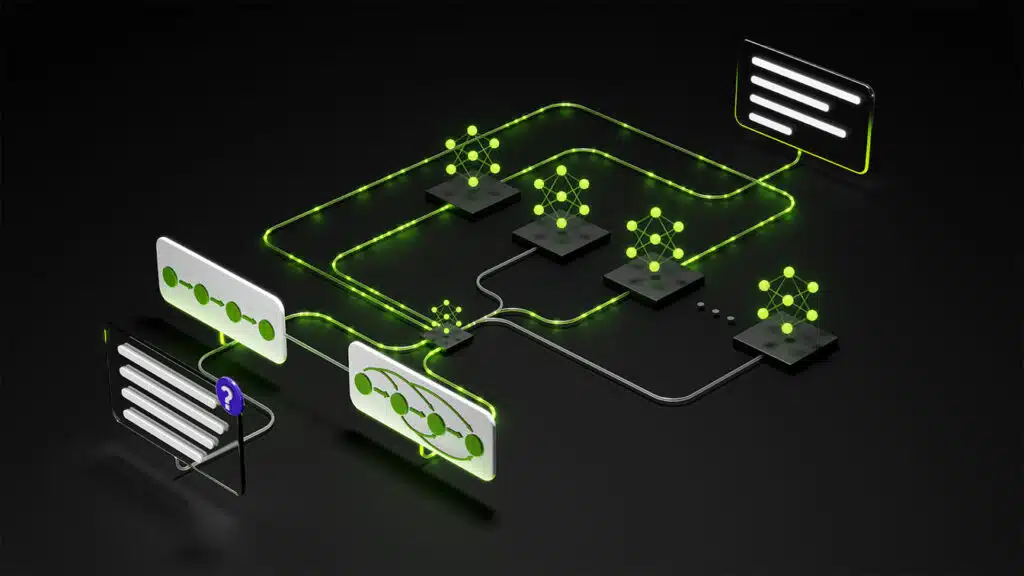The News: vFunction today announced the availability of the vFunction Assessment Hub, a product that uses AI to calculate the effect of technical debt across applications, their negative impact on innovation, predict the benefits of refactoring, and then integrate seamlessly into an automated refactoring platform. Click here for full details of the announcement
vFunction Launches AI powered Modernization Assessment Solution
Analyst Take: One of the major inhibitors to innovation in organizations looking to digitally transform is the costs associated with the technical debt associated with legacy applications. The manual assessment approaches leveraged are cumbersome and oftentimes fail to deliver the required outcomes. For organizations looking to increase the velocity of their innovation efforts, companies need to focus on eliminating technical debt across their application landscape. However, developing a complete understanding of the actual cost of technical debt and developing a modernization business case is tough to execute for enterprises today. To improve business case justification, planning efforts, and resourcing companies need to be able to accurately assess and measure the negative impact that technical debt has on the ability to innovate, and modernize applications and reap the benefits of their efforts in a timely manner.
vFunction is still a relatively new company, only being founded in 2017 and they are looking to address a fundamental challenge facing many senior development executives: the “where do I start and how what is my starting point” challenge. According to Crunchbase, the company has raised $38.2m and based on my recent briefing with the company they are now looking to move out of a relative stealth mode with a Java and .Net based assessment solution that looks to assess monolithic applications and provide tools that assist the conversion to cloud-native micro-services.
vFunction is positioning itself as an AI-driven platform for developers and architects that intelligently and automatically transforms complex monolithic applications into microservices, restoring engineering velocity, and helping companies realize the benefits of the cloud. The company’s tooling is designed to eliminate the project duration, risk, and cost constraints of manually modernizing applications, vFunction is looking to deliver a scalable, repeatable model for cloud-native modernization.
vFunction Assessment Hub
The new vFunction Assessment Hub, which integrates seamlessly with the vFunction Modernization Hub, is a modernization assessment solution engineered to analyze the technical debt of a company’s legacy applications, accurately identify the sources of that debt, and measure its negative impact on innovation. The AI-powered solution measures app complexity based on code modularity and dependency entanglements measures the risk of changes impacting stability based on the depth and length of the dependency chains and then aggregates these to assess the overall technical debt level. The vFunction tools then benchmark debt, risk, and complexity against the organization’s own estate, while identifying aging frameworks that could pose future security and licensing risks.
With customers keen to migrate to the cloud but constrained by how to leverage the benefits of a migration to the cloud, the vFunction Assessment Hub allows enterprises to identify and prioritize which apps to modernize, construct a roadmap for refactoring, and build a thorough business case for modernization.
Looking Ahead
Based on the information and briefings I have received, VFunction looks like an interesting set of tools for customers looking to decompose monolithic legacy applications written in Java and .NET and then migrate them to the public cloud in a Kubernetes architecture.
In the last few years, we have seen many companies that have developed good features get heavily funded. For me, vFunction falls into this category of a ‘feature’ company. I would envision the likes of Red Hat, VMware, or one of the big hyper scale cloud companies acquiring this technology in a tuck-in style acquisition as it would perfectly complement their wider value propositions.
Until we see this kind of tuck-in acquisition, I find this approach to analyzing monolithic legacy applications both interesting and vital if companies are to fully leverage a transition to the cloud.
Disclosure: Futurum Research is a research and advisory firm that engages or has engaged in research, analysis, and advisory services with many technology companies, including those mentioned in this article. The author does not hold any equity positions with any company mentioned in this article.
Analysis and opinions expressed herein are specific to the analyst individually and data and other information that might have been provided for validation, not those of Futurum Research as a whole.
Other insights from Futurum Research:
U.S. Government Launches National Artificial Intelligence Research Resource Task Force
Ex-DeepMind Researchers Launch EquiLibre to Give Stock and Crypto Traders an Edge Using AI
Image Credit: vFunction
Author Information
Steven engages with the world’s largest technology brands to explore new operating models and how they drive innovation and competitive edge.







